
Workers sort newly procured cotton at a textile company yard in the Xinjiang Uygur autonomous region.(Photo:Xinhua/Zhao Ge)
Despite recent changes in international trade, which brought new challenges to the development of China's cotton industry, the country will continue to insist on opening up and expand cooperation with its foreign counterparts, the China Cotton Association said.
The group strongly condemned and firmly opposed the signing by the United States into law the so-called Uyghur Forced Labor Prevention Act in December. Meanwhile, the COVID-19 pandemic and uncertain global macroeconomic situation created some challenges to the domestic cotton sector.
"The changes in external factors will not hinder the high-quality and sustainable growth of China's cotton sector," said Wang Jianhong, vice-president of the China Cotton Association.
The Xinjiang Uygur autonomous region is a premium grower and the largest cotton-producing area in China. The local annual cotton output is about 5 million metric tons.
In recent years, with rising labor costs, the mechanization of cotton production in Xinjiang has made rapid progress. The machine-picking rate of cotton in Xinjiang reached 87.9 percent in 2021, said the China Cotton Association.
"The output of cotton in Xinjiang accounts for more than 90 percent of the total nationwide. The total yield, unit yield and planting areas of cotton in Xinjiang have ranked the top in China for more than 20 consecutive years," Wang said.
Hubei Yinfeng Cotton Co Ltd, a major cotton processor based in Hubei province, said the company used to purchase cotton nationwide. Today, it has been procuring cotton from Xinjiang in its entirety.
"Last year, we acquired 100,000 tons of cotton from Xinjiang. We have finished about 80 percent of rough processing work such as separating cottonseeds from fiber. The biggest part of processed cotton will be used for spinning and weaving for the apparel industry, and the medical sector also shows a significant demand," said Liu Shuang, general manager of Hubei Yinfeng Cotton.
In 2021, cotton prices surged due to strong demand and the domestic and international macroeconomic situation. The whole-year average cotton price was 17,892 yuan ($2,813) per ton, up 38.4 percent year-on-year, according to the China Cotton Association.
In October, cotton prices in China exceeded 20,000 yuan per ton. On Nov 18, the cotton price hit a 10-year high at 22,713 yuan per ton. Prices began slipping and it ended the year at 22,107 yuan per ton, having soared 47.7 percent year-on-year.
"With higher cotton prices, which are unified nationwide, the costs of processing cotton have been quite high, and this has brought certain operational pressures to the whole cotton sector," Liu said.
Hubei Yinfeng said by the end of the 14th Five-Year Plan period (2021-25), it aims to operate 700,000 tons of cotton annually, up from more than 400,000 tons recorded in 2021.
The company aims to lift the planting scale of cotton in Xinjiang to 20,100 hectares by 2025, achieve sales revenues of 10 billion yuan and total profits of 30 million yuan to 50 million yuan.








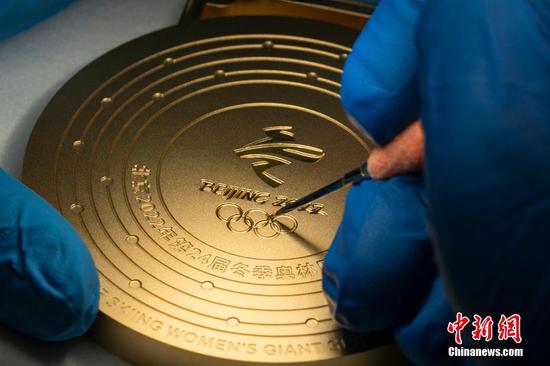


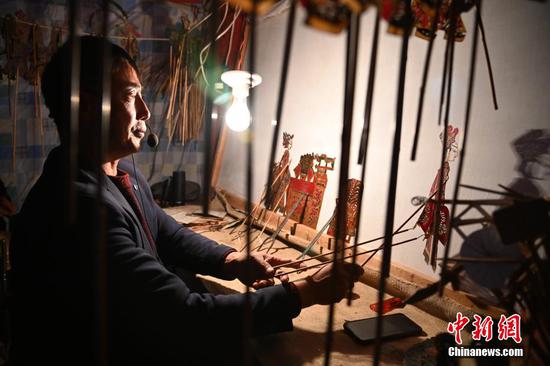
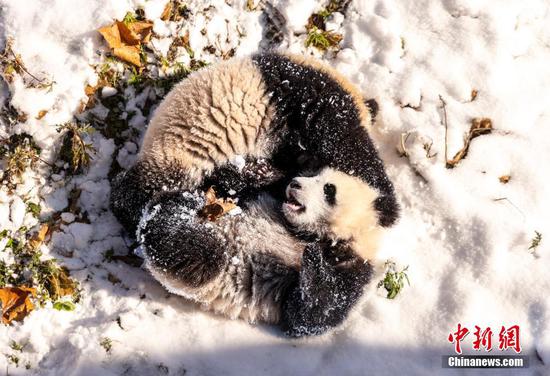
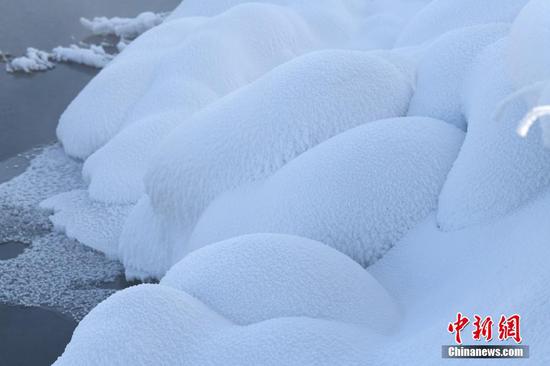

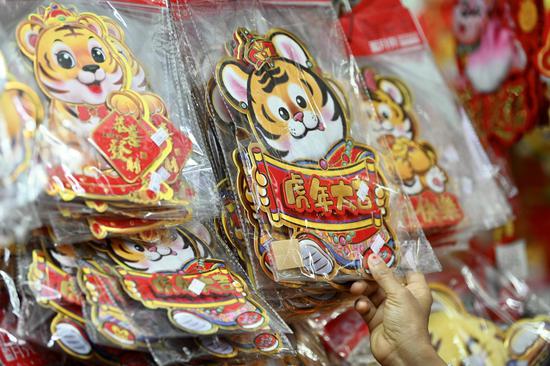


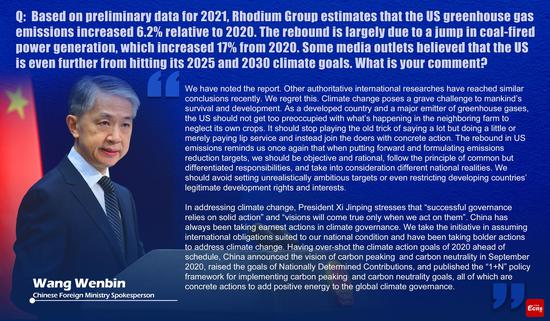
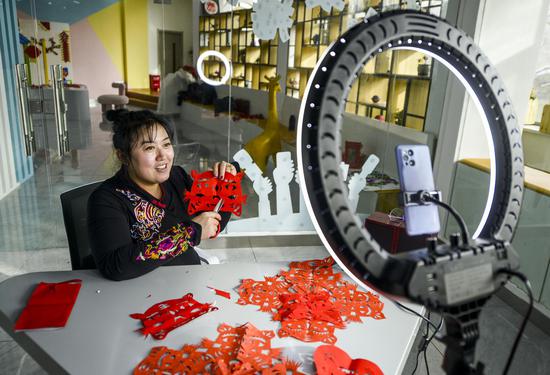

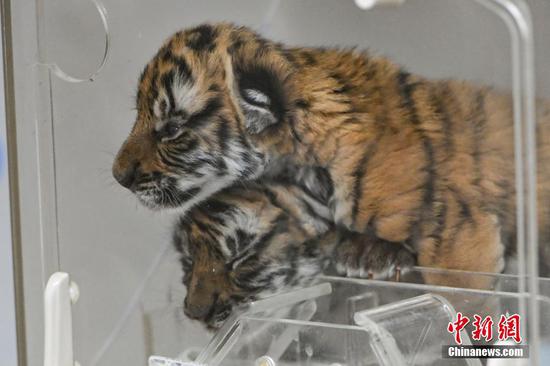




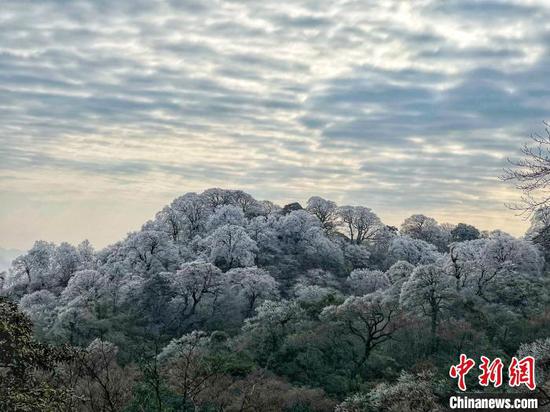

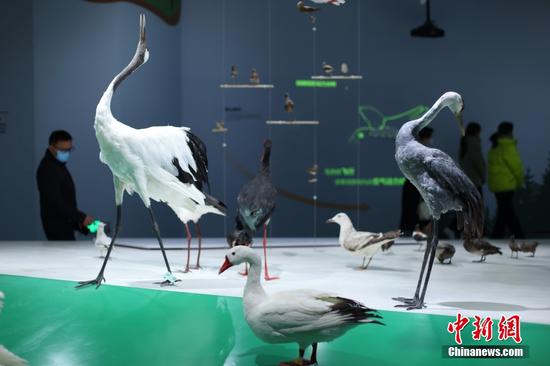

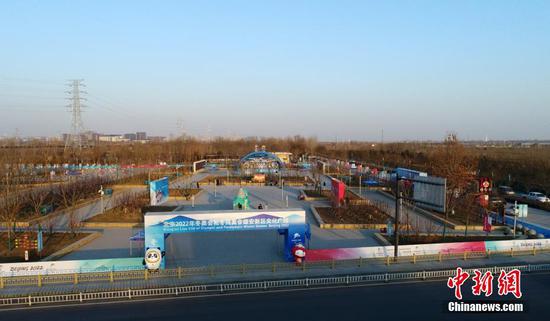

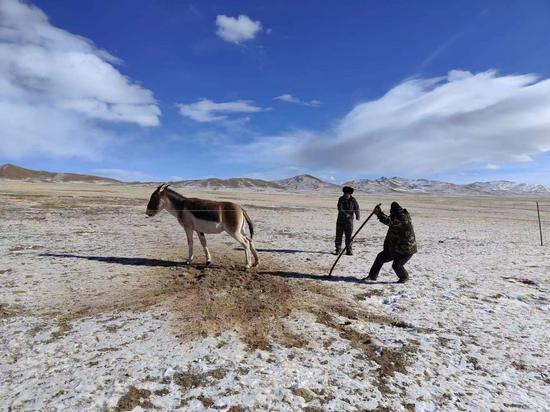
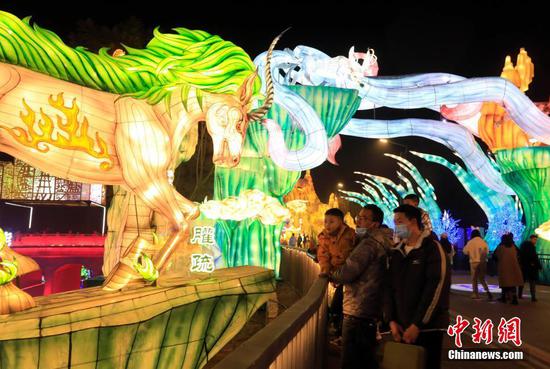

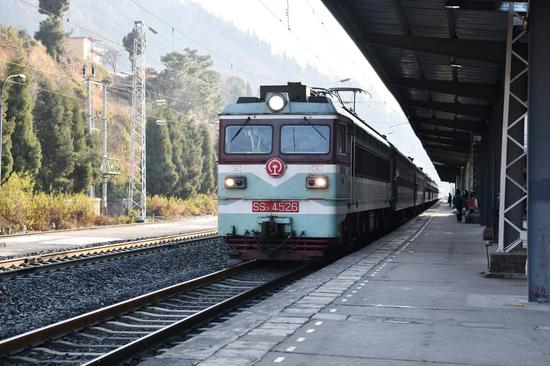
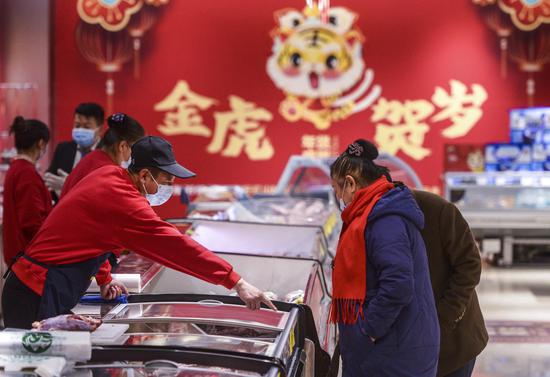

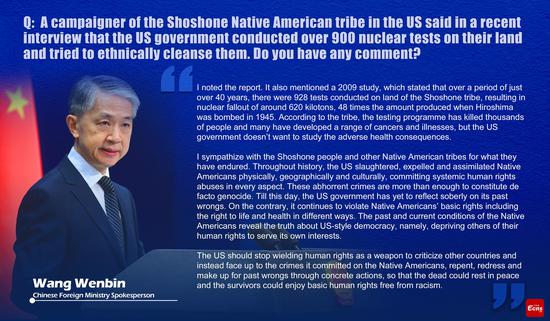
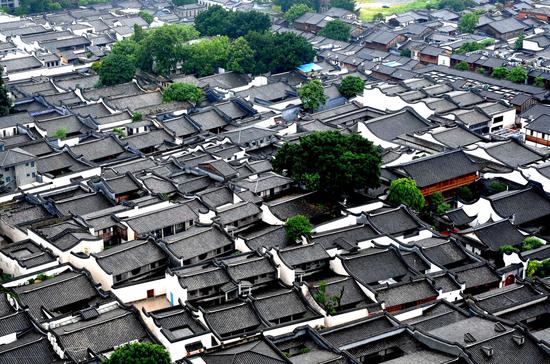
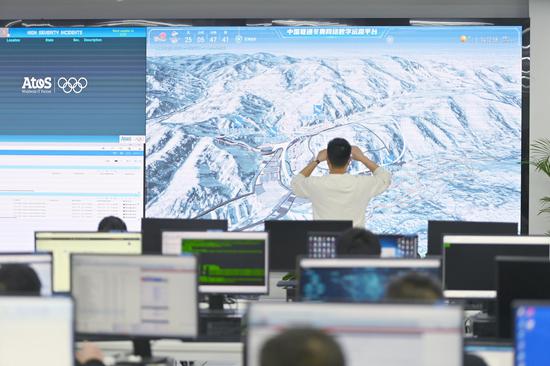

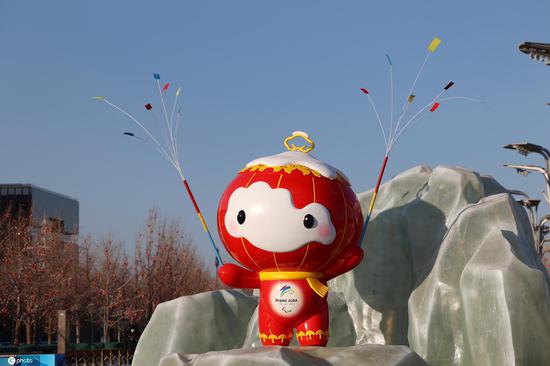
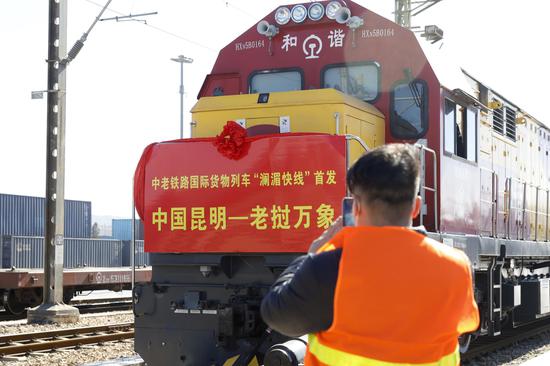
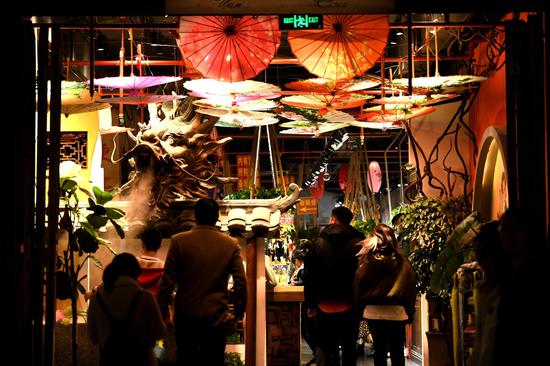

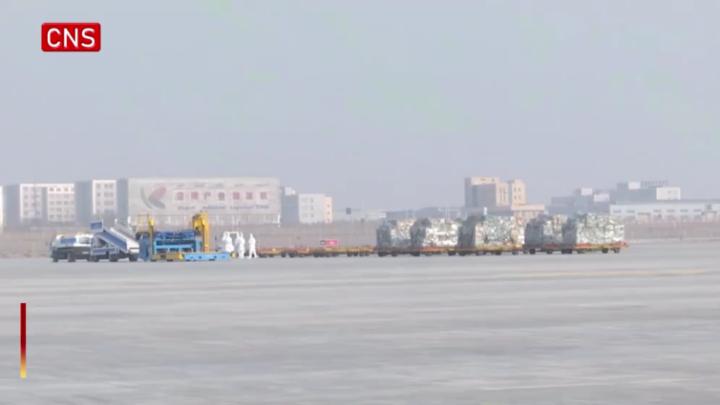



 京公网安备 11010202009201号
京公网安备 11010202009201号